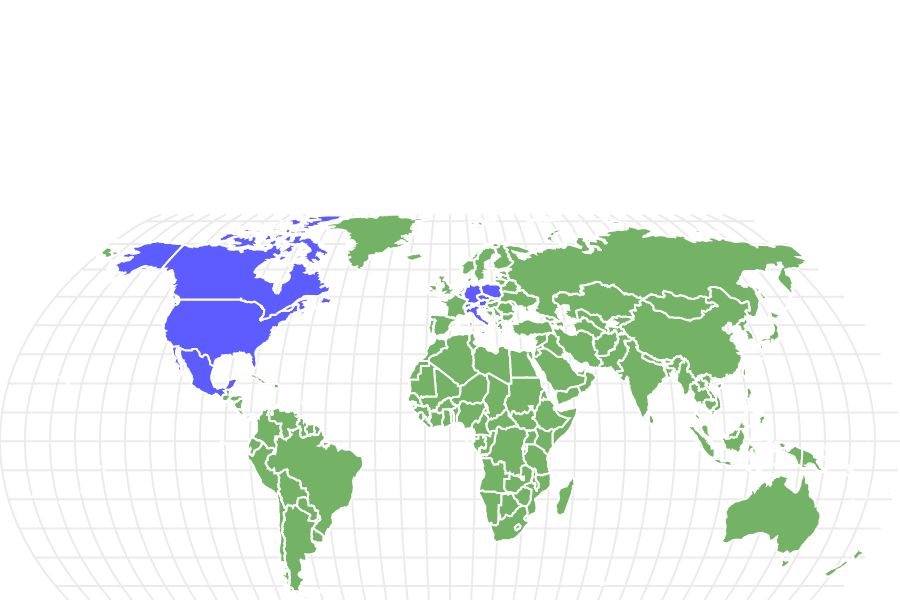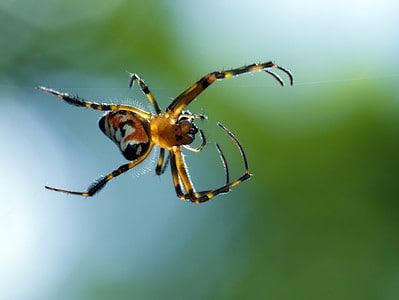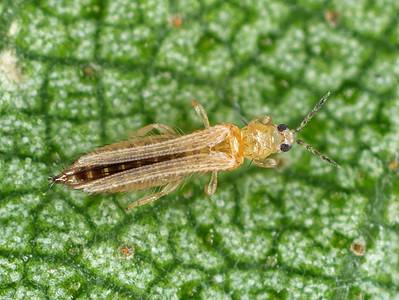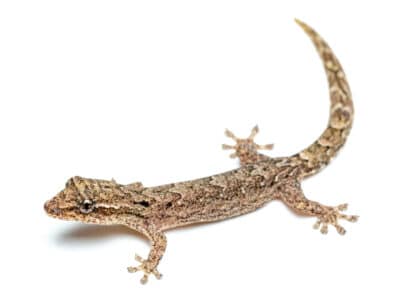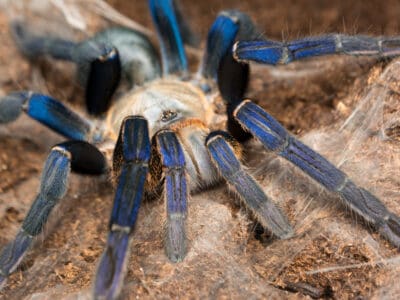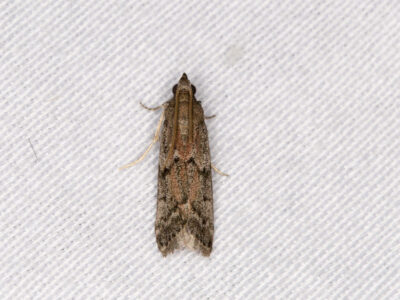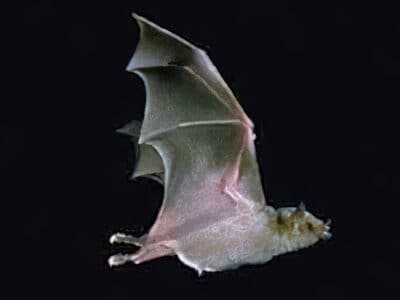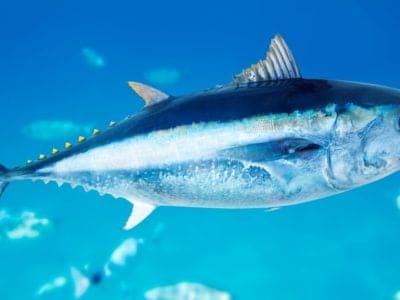Nut Weevil
Bore holes in tree nuts and lay their eggs inside
Advertisement
Nut Weevil Scientific Classification
Read our Complete Guide to Classification of Animals.
Nut Weevil Conservation Status
Nut Weevil Facts
- Name Of Young
- Larvae
- Group Behavior
- Solitary
- Fun Fact
- Bore holes in tree nuts and lay their eggs inside
- Biggest Threat
- Predators
- Most Distinctive Feature
- Long, snout-like rostrum
- Distinctive Feature
- Feed on a single host species
- Other Name(s)
- Seed weevils
- Average Spawn Size
- 20-30
- Habitat
- Woodlands, forests, and orchards
- Predators
- Birds
- Diet
- Herbivore
- Lifestyle
- Solitary
- Favorite Food
- Nuts, leaves, buds
- Common Name
- Nut weevil
- Special Features
- Long rostrum
- Number Of Species
- 36
- Location
- Europe and North America
- Nesting Location
- Inside nuts, underground, or on leaves
Nut Weevil Physical Characteristics
- Color
- Brown
- White
- Tan
- Cream
- Light-Brown
- Skin Type
- Scales
- Lifespan
- 2 years
- Length
- 4-15 millimeters
- Age of Sexual Maturity
- Immediately after reaching adulthood
- Venomous
- No
- Aggression
- Low
View all of the Nut Weevil images!
Summary
A severe pest of nut orchards, nut weevils are beetles in the family Curculionidae. These insects lay their eggs inside of and feed upon nuts, which is where they get their name. Different species target certain kinds of nuts and have common names associated with their host nut. They have a pronounced snout known as a rostrum that can measure nearly as long as the rest of the body.
5 Nut Weevil Facts
- A female uses her rostrum to bore a hole inside nuts so that she can deposit her eggs inside.
- Upon hatching, nut weevil larvae eat most of their host nut before burrowing into the ground to begin metamorphosis.
- The rostrum of a female can measure as long as her body, while a male’s rostrum tends to measure slightly shorter.
- Nut weevil infestations can severely impact nut harvests, with some regions reporting larvae in nearly 90% of all harvested fruit.
- Nut growers have turned to various pest-control tactics to combat nut weevils, including thermal treatments, radio waves, and killer fungi.
Nut Weevil Species, Types, and Scientific Name
Approximately 36 unique species share the common name nut weevil. All of these species belong to the genus Curculio in the true weevil family Curculionidae. Curculionidae beetles also go by the name bark weevils or snout weevils due to their characteristically long rostrums. In some regions, they go by the name seed weevils. Many species also have an additional common name associated with the type of nut that serves as their host.
Some notable species include:
- Pecan weevil – Curculio caryae
- Chestnut weevil – Curculio elephas
- Nut weevil – Curculio nucum
- Hazelnut weevil – Curculio obtusus
- Small chestnut weevil – Curculio sayi
- Filbert weevil – Curculio uniformis
Appearance: How to Identify Nut Weevils
Nut weevils vary in size and appearance depending on the species. That said, they share several common characteristics. Most of these insects measure between 4 and 15 millimeters long, with the majority averaging from 6 to 9 millimeters long. Adult nut weevils typically appear light brown or tan, while the larvae look creamy white. The most distinguishing feature of adult nut weevils is their long, snout-like rostrum. Females have a rostrum that measures about as long as their body, while males have a rostrum measuring around two-thirds that size. The rostrum has mouthparts at the end that they use to chew foliage. In addition, the females use their rostrum to drill through the shells of young nuts so that they can lay their eggs inside with their ovipositor.
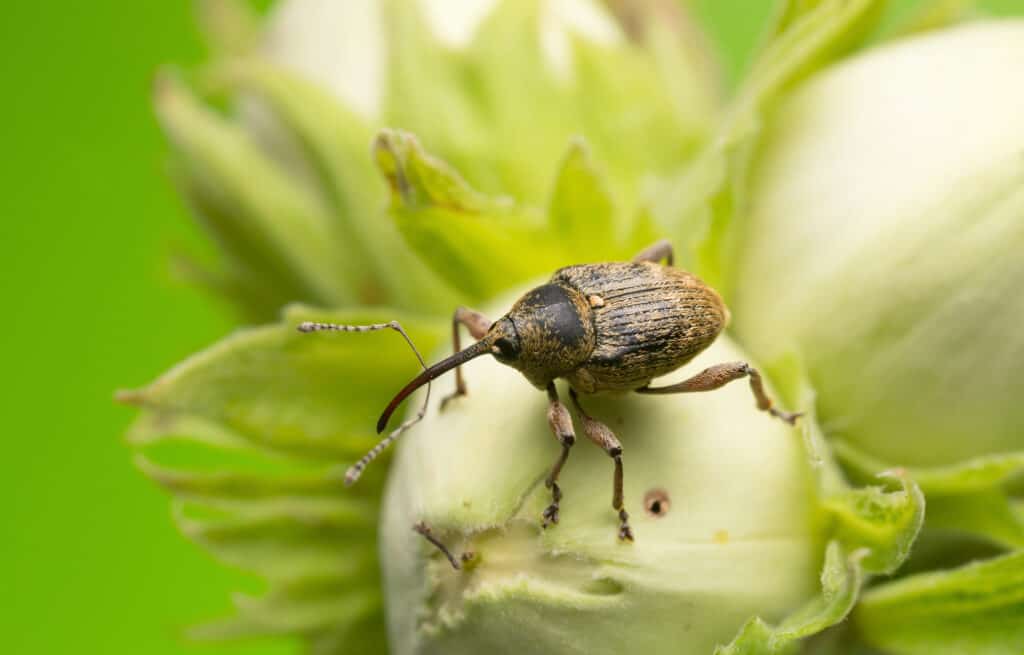
The most distinguishing feature of adult nut weevils is their long, snout-like rostrum.
©iStock.com/Henrik_L
Habitat: Where to Find Nut Weevils
You can find nut weevils in orchards, forests, and other wooded areas wherever their host species are found. Most are found in North America or Europe. In North America, they range between southern Canada and northern Mexico, while in Europe, you can find them from southern Scandinavia to the Mediterranean. The females lay their eggs inside nuts, which serve as the home for the larvae for the first few weeks of their life. Once they’re large enough, the larvae then tunnel underground to begin the next phase of their life cycle. They construct a cell where they overwinter until the following year and begin the transformation into adults. The adults then remain inside the cell for one more winter before emerging from their underground retreats and making their way into the foliage of their host tree.
Diet: What Do Nut Weevils Eat?
As their name implies, nut weevils feed on different varieties of nuts. They are notoriously picky eaters, with each species targeting a single host plant. For example, chestnut weevils feed on chestnuts, pecan weevils feed on pecans, and hazelnut weevils feed on hazelnuts. Once eggs hatch, the larvae emerge and begin to feed on their host. The larvae will consume the nut until almost nothing remains, at which point they will burrow into the ground, where they remain until they emerge as adults. Meanwhile, adult nut weevils feed on the leaves and young buds of their host plant.
Prevention: How to Get Rid of Nut Weevils
These insects are considered major pests due to their economic impact on agricultural crops. In some regions, they can infest up to 90% of some host plant species. The larvae damage the nuts, causing them to drop from trees and reduce harvest levels prematurely. To remove nut weevils, growers employ a number of novel tactics and treatments. Although insecticides such as Sevin are sometimes used, chemical management of nut weevils is complex and achieves less-than-stellar results. Success requires the application of insecticides at just the right time, typically during mating or the start of egg-laying season. In recent years, some growers have advocated the use of biological pest control agents. For example, the nematode Heterorhabditis indica can prove deadly to larvae, as can the fungus Beauveria bassiana. Meanwhile, other growers are experimenting with radio waves or heat treatments to kill the eggs or larvae.
Related Animals
View all 65 animals that start with NNut Weevil FAQs (Frequently Asked Questions)
Are nut weevils dangerous?
Although nut weevils are not dangerous to humans they can significantly impact agricultural crops.
How many legs do nut weevils have?
Like all insects, nut weevils have six legs as adults.
How do you identify nut weevils?
Most nut weevils measure between 4 and 15 millimeters long, appear light brown and have a long, thin rostrum.
How do you get rid of nut weevils?
Chemical agents don’t work very well against nut weevils, so growers often use biological pathogens, fungi, radio waves, or heat treatment.
Thank you for reading! Have some feedback for us? Contact the AZ Animals editorial team.
Sources
- Canr, Available here: https://www.canr.msu.edu/news/chestnut_weevils_found_at_harvest
- Hort News, Available here: https://hortnews.extension.iastate.edu/acorn-and-nut-weevils
- MDC, Available here: https://mdc.mo.gov/discover-nature/field-guide/nut-weevils-acorn-weevils
- Entomology, Available here: https://entomology.ca.uky.edu/ef206

